Are you making the most of your Top of the Funnel content? Our ToFu tactics involve publishing a lot of SEOfied, yet highly valuable, blog posts, social media posts, and email newsletters, among other things. We’ve established authority, increased awareness, and generated high-quality leads through these tactics.
Want to know how we do it?
This guide offers an in-depth evaluation of ToFu content, along with popular formats and examples. We’ll also help you understand how to generate brilliant ideas for your top-of-funnel content, enabling you to build a powerful content marketing engine.
Let’s get started.
What Is Top-of-Funnel Content?
Top-of-funnel (ToFu) content refers to the type of content that is created to attract and engage potential customers who are in the awareness stage of their buyers’ journeys. ToFu content helps put your business in front of people interested in information related to your offerings but who aren’t ready to make a purchase.
At CoSchedule, our core area is marketing work management, which means it’s crucial for us to rank at the top of Google for commercial or transactional keywords like ‘best marketing work management software’ or ‘buy marketing management software.’ People searching for these terms are either exploring options or are ready to purchase.
But some people are just looking to consume information about marketing work management and don’t want to make a purchase yet. They’re likely looking up informational or ToFu terms like ‘what is marketing work management’ or ‘what is agile marketing management.’

Even though they may not be looking to purchase, we don’t want to miss out on them. Likely, some of these people will eventually consider marketing management software options or refer others to our product.
ToFu content should be purely educational, not promotional. But that doesn’t mean you can’t present your products and services in the content. You can do that, but make sure you’re naturally incorporating your offering.
For example, our article about marketing project management showcased how CoSchedule can help you map out your project task roadmap.

Similarly, we publish a lot of ToFu content on our socials, email newsletters, YouTube, and many other platforms to educate our audience in the awareness stage and ultimately drive them to our website.
Overall, creating ToFu content can help you:
- Increase brand awareness
- Establish authority and expertise
- Capture and engage potential customers
- Generate leads (when done right)
- Support other marketing efforts
Now that we’ve established ToFu content let’s dive into the most popular ToFu content formats.
5 Popular Top-of-Funnel Content Formats [+ examples]
Here are a few ToFu content formats:
1. Blog Posts
A blog post is any article or guide published in the blog section of your website to provide valuable information about your industry, products/services, or related topics. Your blog can help you generate demand and build long-lasting customer relationships when done right.
However, one mistake we’ve seen many companies make these days is publishing ToFu blog posts just for the sake of ranking higher on Google and attracting traffic to their website. Sure, attracting traffic to your website is important, but your focus should be on delivering value to your readers. That’s the only way you’ll be able to bring them further down your content marketing funnel.
Tip: Don’t think of your blog as a publication; instead, think of it as a library where your readers or target audience can find solutions to their problems.
The content marketing team at Videowise, an eCommerce video platform, is doing a solid job planning and publishing ToFu content. They have covered a lot of ToFu blog posts around eCommerce growth, product videos, omnichannel experience, and many other areas.
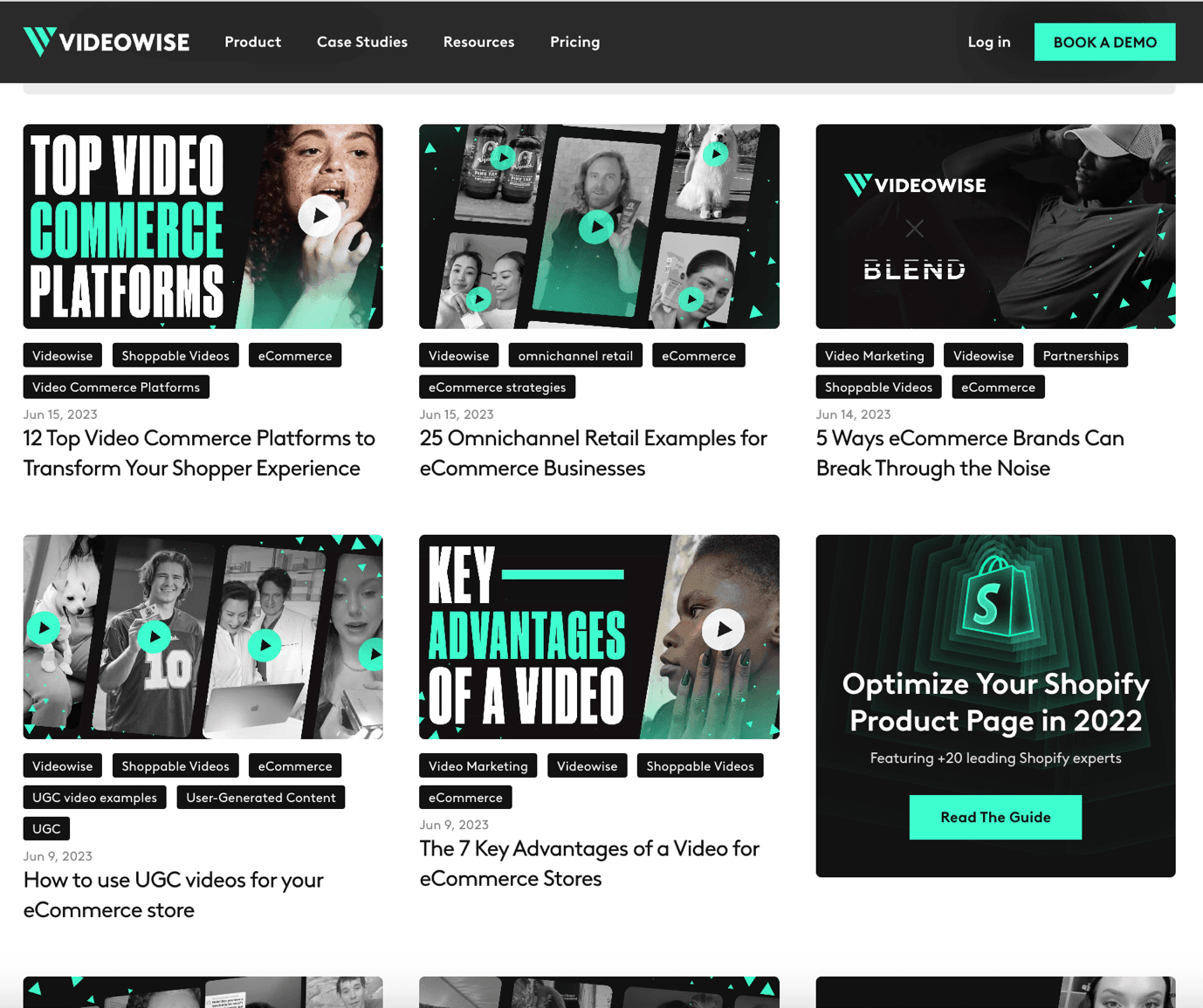
One of their articles around shoppable video ranks on the first page of Google for the target keyword ‘shoppable video.’ Similarly, several articles they’ve published on their blog rank at the top of Google SERPs for their respective keywords.
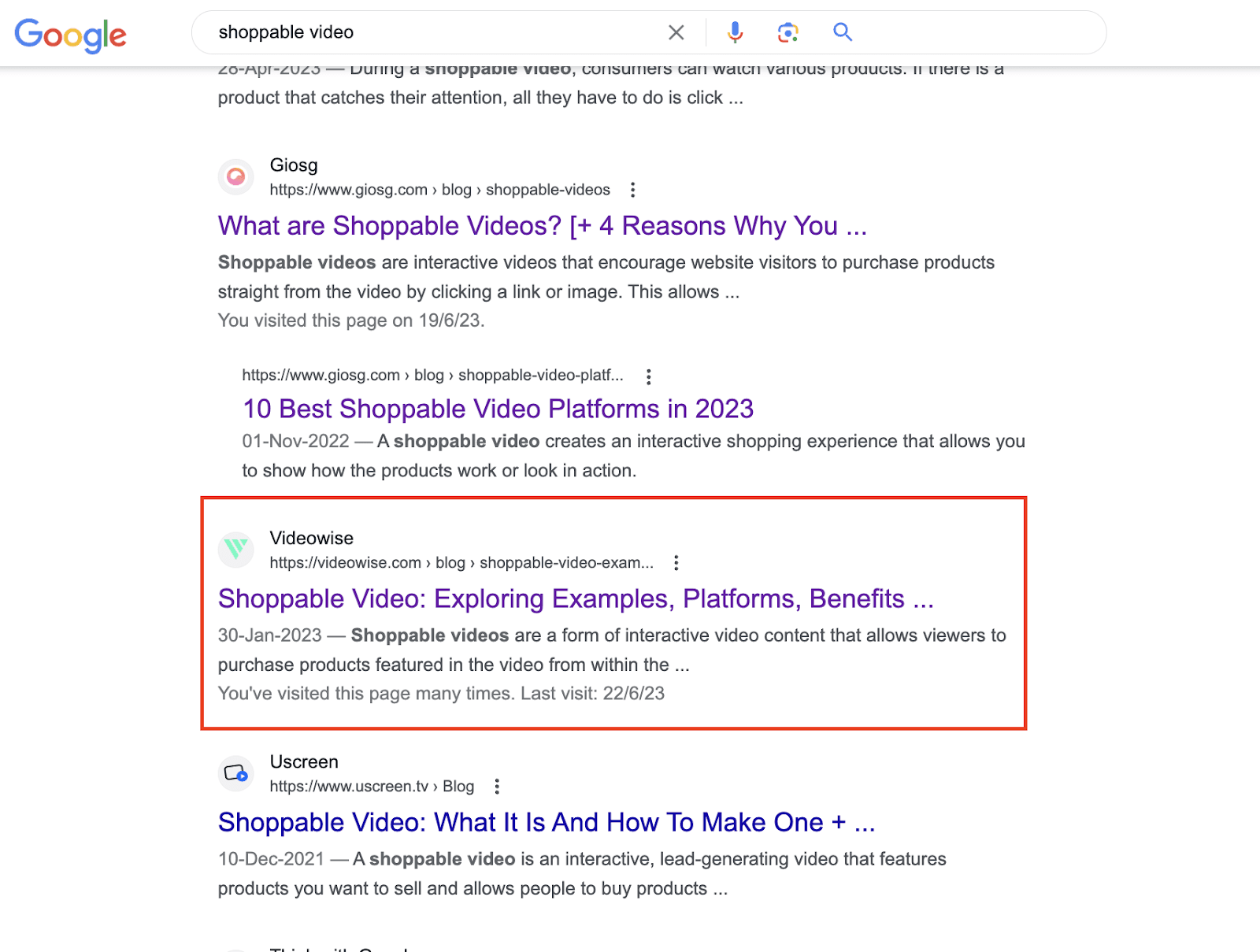
2. Videos
91% of customers want to see more videos from brands. It’s one of the most preferred content formats, and there’s no way you should miss out. There are a lot of business video hosting platforms, but in our opinion, YouTube reigns supreme, with more than two billion active users each month.
VEED, an online video editing platform, has done a brilliant job at leveraging YouTube to generate demand. They have a vast library of ToFu videos to help their audience and generate demand around their platform.
Some of their most popular videos have garnered millions of views and a lot of engagement.
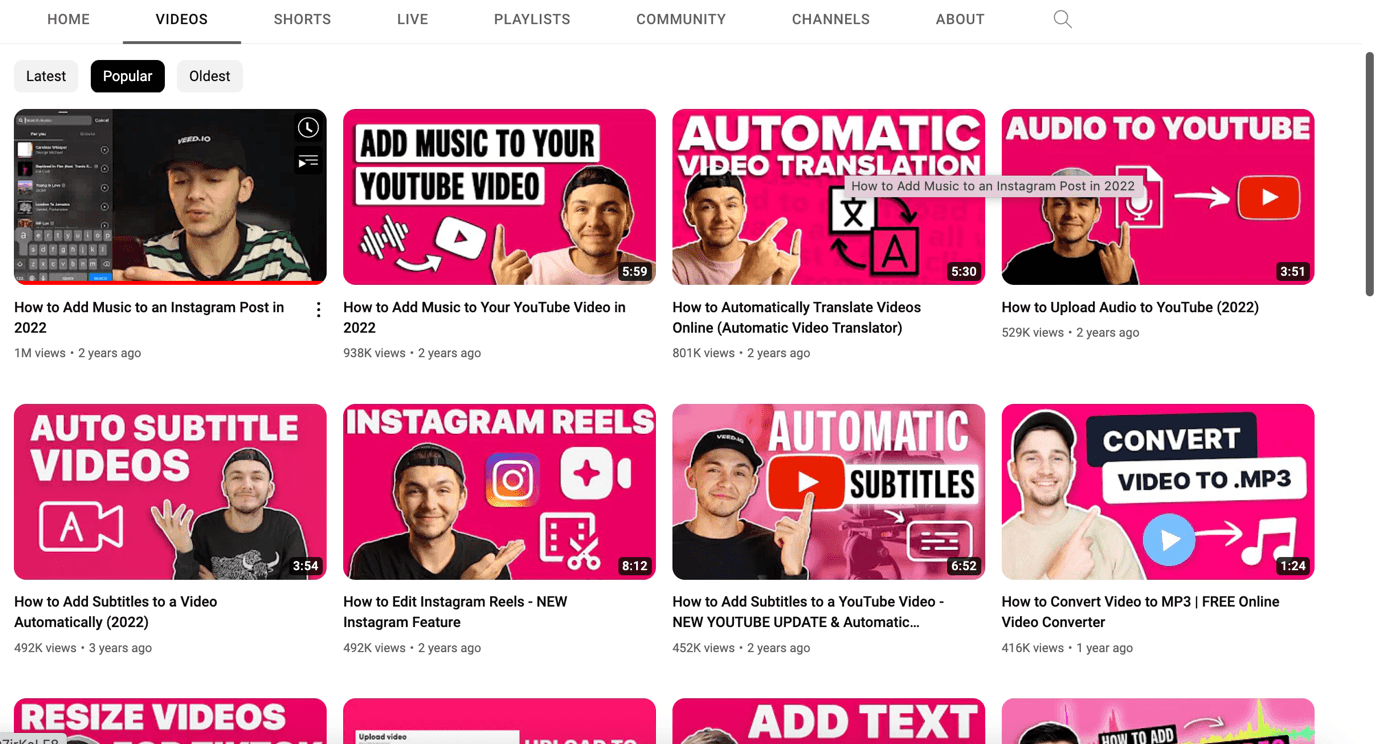
As of this writing, they’re at 86.6k subscribers and are on track to 100k, which is a significant achievement. By embedding these videos in your blog posts, you will lead to a good user experience and increase your chances of ranking higher on Google.
Last but not least, you can create a ToFu video series for your customers on your website. Dr. Fio, Brand and Editorial Lead at Postmark built a video series on email authentication.
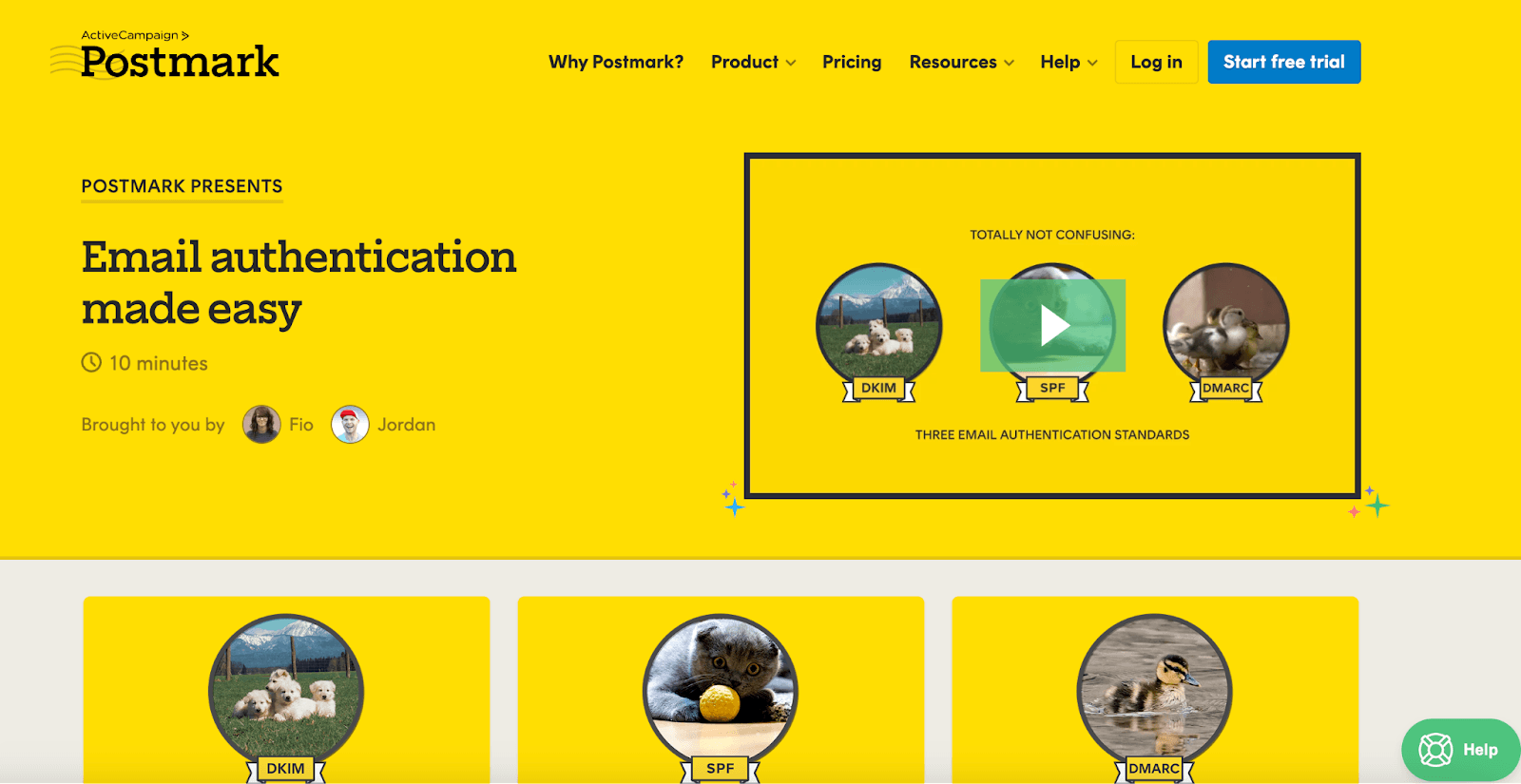
3. Social Media Posts
Publishing educational (ToFu) posts on your social media channels can also help you generate demand. You can use these posts to build long-lasting relationships and encourage your followers to take the desired action (maybe drive them to your website or ask them to schedule a call with you directly).
HubSpot, a CRM platform, does a solid job of generating demand across different social media platforms using ToFu content. With over 500K+ followers on Instagram, they publish a lot of ToFu content:
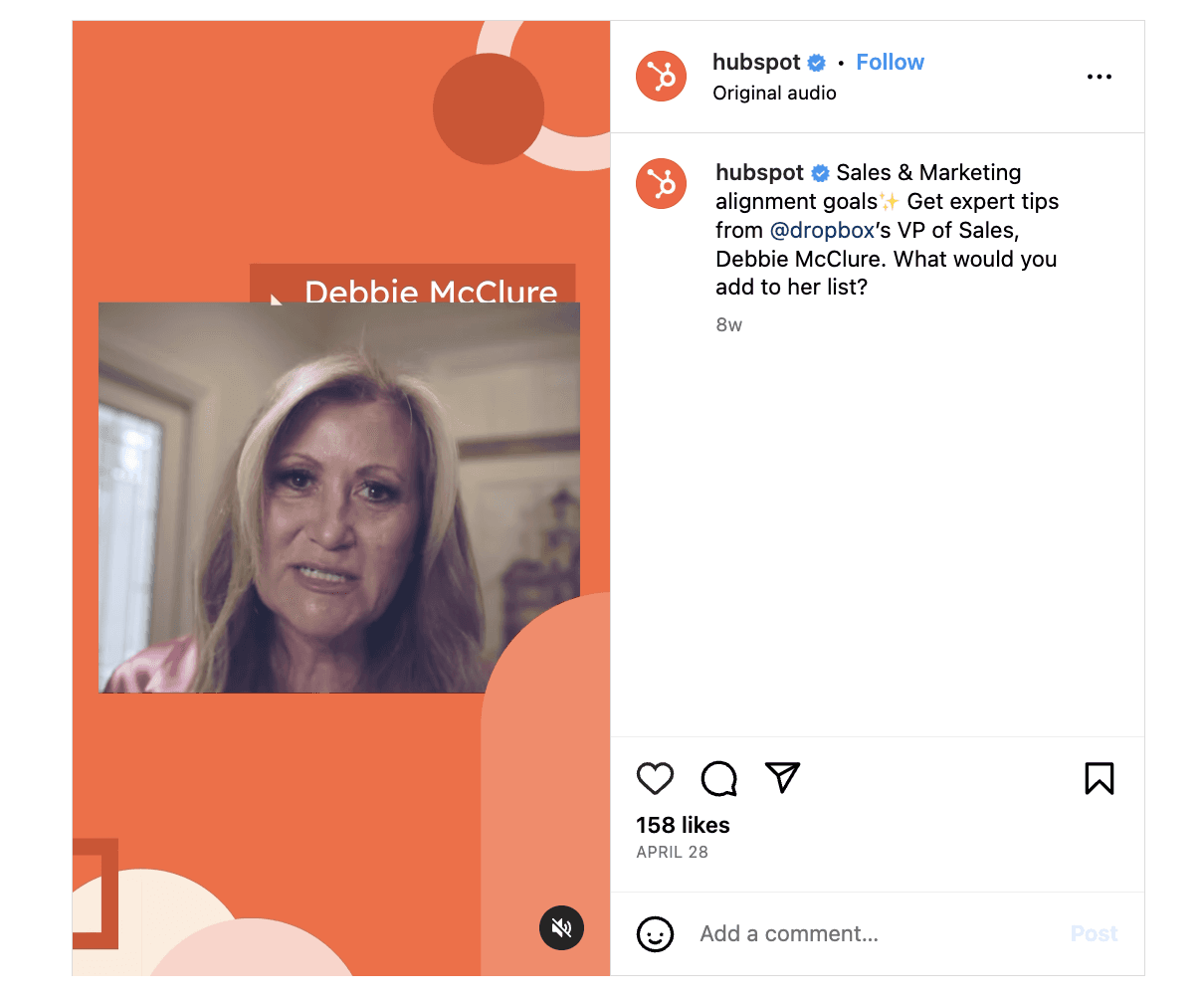
On LinkedIn, they have over 950K+ followers with a vast library of ToFu content. Here’s one of their posts:

They have more than two million followers on Facebook, and their YouTube channel has over 315K subscribers.
HubSpot is a large enterprise, which means they have a lot of resources and budget to be active and generate demand across different social media platforms. Startups and medium-sized businesses don’t need to follow the same route.
Unless you’re a large corporation like HubSpot and have dedicated social media marketing teams, it’s advisable to laser-focus only on one or two social media platforms where your audience hangs out the most. Once you start seeing traction and have more budget and resources at your disposal, you can scale up your efforts.
4. Email Newsletters
Another big mistake many companies make is that they consistently send promotional emails to their email list. And while there’s no problem with that, your customers are probably getting dozens of promotional emails every day from multiple brands, which means it’s significantly less likely they’ll take the desired action.
Not using your email list to build long-lasting relationships and delivering value to your audience is a missed opportunity. NetHunt CRM, a sales automation tool, has a biweekly email newsletter named “CRM Labs,” with an open rate of more than 25% and a CTR of more than 5%.
What makes them stand out is their focus on being educational rather than promotional. Their newsletter provides their customers with sales hacks, the latest CRM tips, industry news, and so much more.
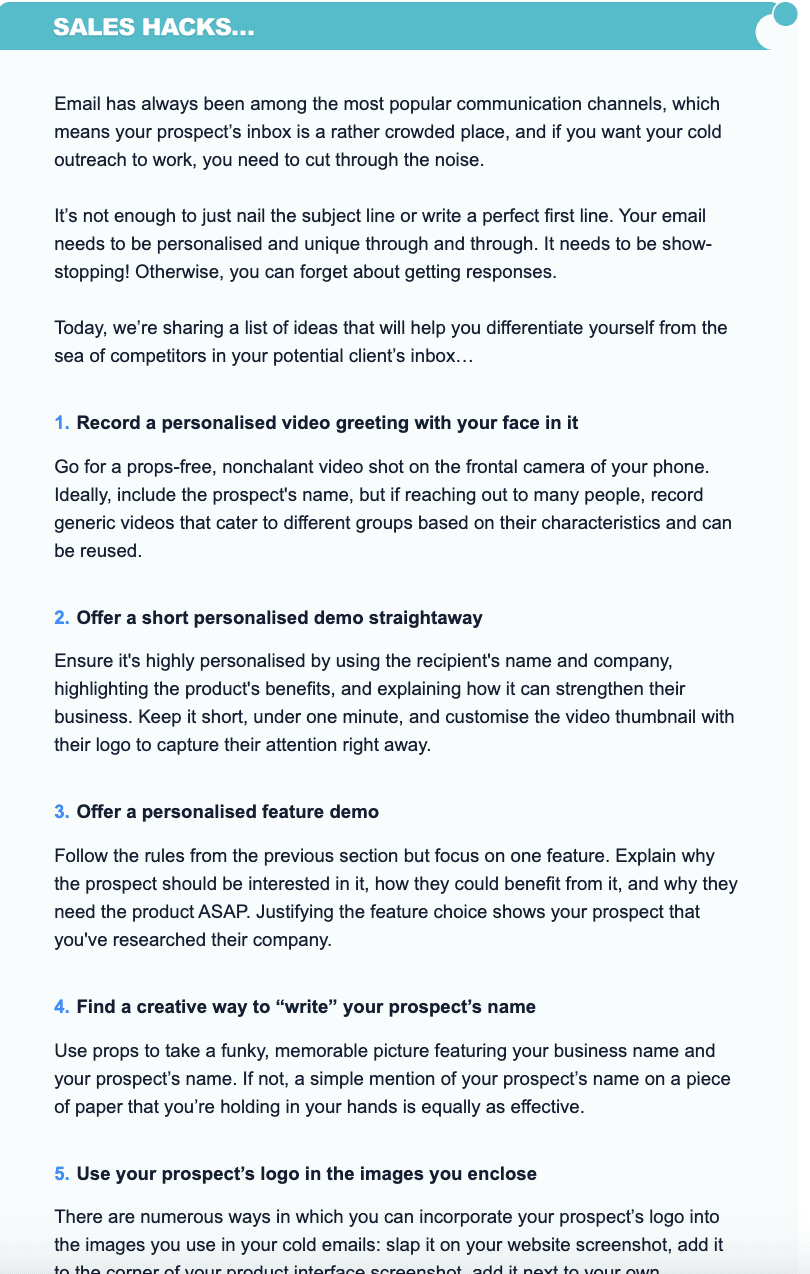
5. Free Tools (For SaaS)
This format only applies to SaaS companies, so feel free to skip it if your company doesn’t fall into that category. That being said, you can offer your customers different features of your SaaS platform as free tools – which is a great user acquisition strategy. This content format can’t be 100% classified as ToFu, but we’ve listed it here because it delivers value to your audience and genuinely helps them with their problems.
Modash, an influencer discovery platform, does the same, as it offers two core features of its product (fake follower checker and engagement rate calculator) as free tools.
Their fake follower checker helps them attract 130k people from search engines every month. When we reached out to Ryan Prior, Head of Marketing at Modash, he said:
“Part of Modash’s acquisition strategy is to unbundle parts of our product into free tools. Two examples are our fake follower checker and engagement rate calculator. These exist primarily to capture search demand. The fake follower checker, for example, has around 130k in free organic search traffic in the last 30 days. The tools satisfy the core search intent (i.e., delivering the fake follower amount or engagement rate) in order to rank. Then, we try to convert users into trial sign-ups by giving users a taste of what else Modash can do.”
Similarly, you can make your SaaS tool’s features available as free tools.
Let’s go through the different ways you can generate ideas for your ToFu content.
How To Generate Ideas For Top-Of-Funnel Content
1. Keyword Research
Keywords are words or phrases people type into search engines to find information on a specific topic. For example, if you have a website about gardening, common keywords are ‘how to plant flowers’ or ‘gardening tips.’
To get an idea of what your audience is looking up on Google, you can conduct extensive keyword research, for which you can use tools like Google Keywords Planner, Semrush, and Ahrefs (among other tools).
Some tools like Semrush allow you to filter out ToFu (informational) keywords from the rest. Enter an initial keyword in Semrush’s Keyword Magic tool and click ‘Search.’
As soon as you do, Semrush will fetch you a table full of keywords that you can cover. However, not all these keywords may be relevant to your business, so it’s important to manually filter out irrelevant ones.
Next to these keywords, you can see their intent. To get your hands on ToFu keywords, set the intent in the ‘Intent’ box as ‘Informational’ and click ‘Apply.’
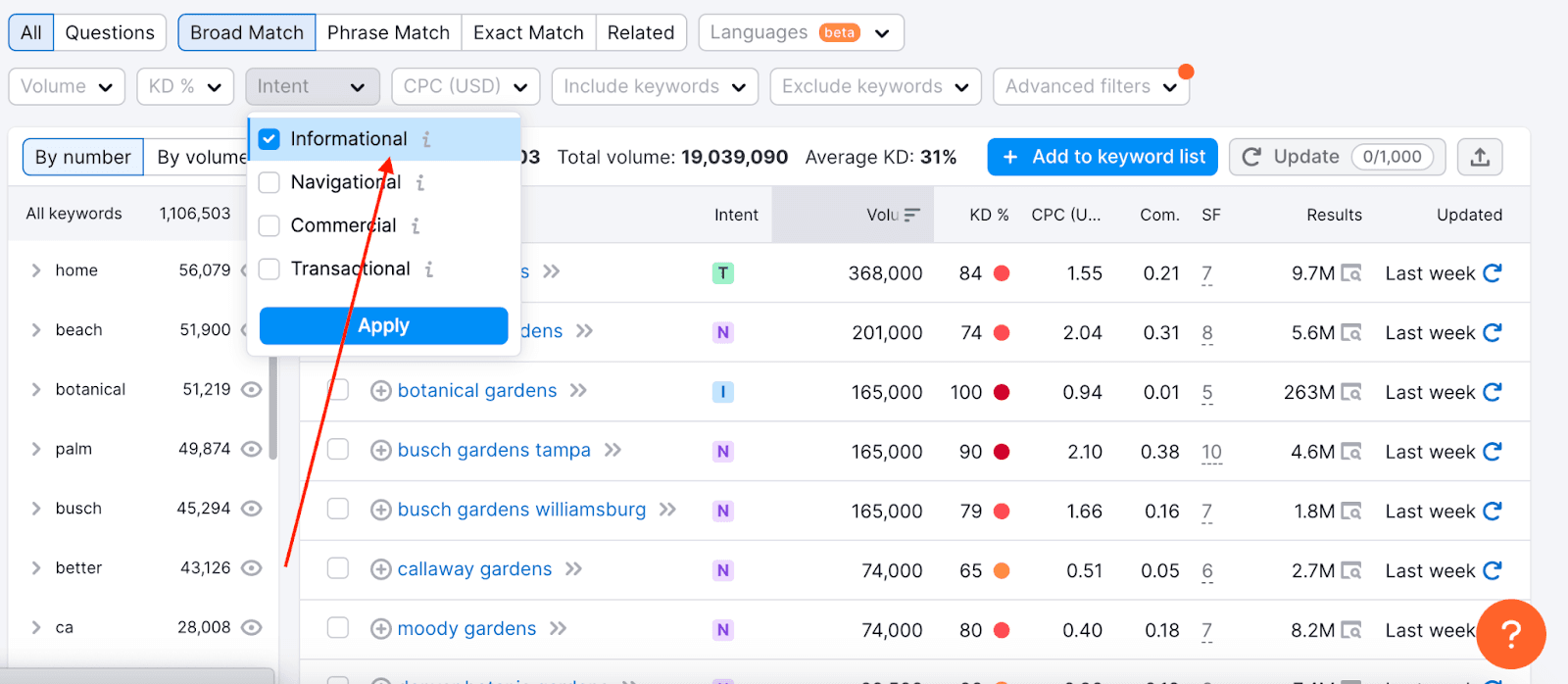
Semrush will automatically put a list of ToFu keywords in front of you.
Pro Tip: To rank higher on Google, building topical authority is important. Hence, we’d highly recommend you build topic clusters.
2. Competitors’ Research
There’s no better way to discover what works in your industry than by conducting competitors’ research. To find out your competitors’ top-ranking blog posts, you can use tools like Semrush or Ahrefs to check out their top-ranking posts. You can use this research as a starting point to build your content strategy.
But that’s not all. We also recommend:
- Checking out their social media channels.
- Subscribing to their email newsletters to better understand what kind of ToFu content they send their audience.
- Seeing if they’re offering any free tools – which they attract the most traffic to – just like Modash.
Discover what their ToFu approach looks like. Also, learn how they use their ToFu content to bring their audience further down their funnel.
3. Listen To Sales Calls
If you have a sales team, we highly recommend listening to their calls with your potential prospects. This way, you’ll be able to find out:
- What challenges do your potential customers face the most? You can provide a solution by creating content around it.
- What questions do they frequently ask? This can help you create a detailed FAQ section on your website or at the bottom of your blog posts.
And once you create content around their specific problems or challenges, you can also send it to them via email or their preferred communication channel, making them feel heard. Your sales team can also use these content pieces to eliminate doubts or barriers in the sales cycle.
For more ToFu content ideas, you can also:
- Interview your potential customers to find out what challenges (related to your offering) they face the most.
- Create a survey for your potential customers to fill out – asking them what challenges they face the most. Not everyone may be up for an interview, so conducting a survey to brainstorm ToFu content ideas might make sense for your team.
- Stay updated on the latest trends and industry developments.
- Listen to podcasts from experts in your industry.
ToFu Is Just The Beginning!
Top-of-funnel content is not the end of your journey.
First of all, your ToFu content should be so valuable that it helps you bring a high percentage of your audience down the content marketing funnel. Secondly, you need to create compelling and well-thought-out middle-of-funnel (MoFu) and bottom-of-funnel (BoFu) content to make as many of your prospects take the desired action as you can.
To learn more, read our extensive guide on content marketing funnel.

